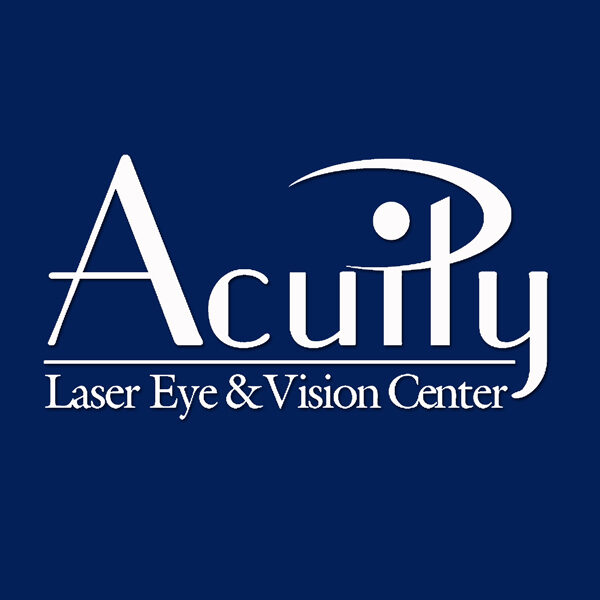 PRK
PRK
(Photorefractive Keratectomy)
is a type of laser vision correction, refractive surgery to correct myopia (nearsightedness), hyperopia (farsightedness) and astigmatism. PRK was the first type of laser eye surgery developed for vision correction and is the predecessor to the popular LASIK procedure. Though PRK recovery takes a bit longer than recovery from LASIK eye surgery, PRK is still commonly performed and may offer advantages over LASIK for some patients.
Similar to LASIK and other types of laser eye surgery, PRK reshapes the cornea using an excimer laser, allowing light entering the eye to be properly focused onto the retina for clear vision.
The main difference between PRK and LASIK is that in LASIK surgery a thin, hinged flap is created on the cornea to access the treatment area, whereas in PRK the cornea’s entire epithelial (outer) layer is removed to expose the area to be treated and no flap is created. For both PRK and LASIK, the excimer laser then sculpts the stromal layer of the cornea to correct vision.
PRK vs. LASIK
The final results of PRK surgery are comparable to LASIK outcomes, but initial PRK recovery is delayed relative to LASIK because it takes a few days for new epithelial cells to regenerate and cover the surface of the eye. When those cells grow back, they are generally irregular or cuboidal in shape. Additional time is required for these cells to normalize and compact down to provide a smooth refractive surface for light to pass through.
LASIK patients may have less discomfort, and their vision stabilizes more quickly, whereas vision improvement with PRK is more gradual. The final outcome can take several weeks to a month to reach optimal uncorrected visual acuity.
PRK does, however, offer some distinct benefits because PRK surgery does not involve creation a corneal flap. This is of particular benefit if the cornea is too thin for LASIK or if the patient has undergone LASIK previously and therefore has a thinner residual cornea. There also is no risk of flap complications with PRK.
KEY DIFFERENCES BETWEEN LASIK AND PRK:
1. PRK is a slower recovery than LASIK
2. PRK is suitable for patients with thin corneas
3. PRK has more eye discomfort during first 48 hrs of recovery
How Is PRK Performed?
First, your eye surgeon removes a central area of corneal epithelium with a solution. Next, as with LASIK, an excimer laser is used to precisely reshape the curvature of your cornea’s surface. This computer-controlled, highly specialized laser delivers pulses of cool ultraviolet light that remove microscopic amounts of tissue in a precise pattern.
Following the PRK procedure, a soft contact lens is then placed on the cornea to help protect your eye. New epithelial cells grow back in five days typically, after which the protective contact lenses are removed by your eye doctor. An eye test will determine your readiness to drive.
What To Expect From PRK Surgery
You will undergo a thorough eye exam to ensure your suitability for laser eye surgery. This will include an evaluation of:
The size of your pupils.
The moistness of your eyes, to evaluate the risk of developing dry eyes after laser eye surgery and treat accordingly.
Corneal curvature, using a corneal mapping device to precisely measure the contours of the front surface of your eye.
Corneal thickness.
Your eye doctor also will assess your general health and medical background, as well as any medications you are taking, to determine if you are a suitable candidate. If you wear contact lenses, you will need to stop wearing them for a period of time* before your eye exam, as contacts can change the natural shape of your cornea.
While LASIK is used more often for vision correction surgery, PRK may be the best procedure in certain circumstances.
 THE PROCEDURE:
THE PROCEDURE:
PRK eye surgery is an ambulatory procedure, meaning it is performed on a walk-in, walk-out basis. In fact, the actual surgery generally takes only 15 minutes. You will be awake during the procedure, but your eye surgeon may give you a mild oral sedative to help you relax.
Numbing eye drops are applied to your eyes, and an instrument is used to keep your eyelids open. Your surgeon then directs the excimer laser over your eye, which is programmed for your exact prescription. You will be asked to look at a target light for a short time while your surgeon watches your eye through a microscope as the laser sends pulses of light to your cornea.
The laser energy removes microscopic amounts of tissue and reshapes the cornea. Most people do not feel any discomfort. Your surgeon has full control of the laser and can turn it off at any time. Your surgeon covers the treated corneas with clear non-prescription contact lenses. Within 4-5 days, new epithelial cells grow back, and the contacts can be removed.
Immediately after surgery you will be rest for a short period, after which you can return home (someone else must drive you).
Your surgeon will prescribe topical antibiotics as well as anti-inflammatory and pain medications to reduce post-operative discomfort, minimize any swelling and expedite healing. As with any other surgery, it is imperative that you follow your doctor’s instructions to help ensure optimum results. You will need to attend several follow-up appointments with your doctor** over the next several weeks to monitor the healing process.
PRK recovery takes longer than recovery from LASIK surgery. Most PRK patients usually can resume driving a car one week after surgery, but it can take up to three to six months before vision is completely stable.
Long-Term Results of PRK
PRK laser eye surgery has been performed overseas since the 1980s and in the United States since 1995 and has a very high success rate. It has undergone significant advancements during this time and remains the treatment of choice in certain circumstances.
PRK and LASIK results are similar. Most people achieve 20/20 vision after PRK surgery. Some patients, generally those was very high prescriptions, may still need to wear eyeglasses or contact lenses, but the prescription will be significantly lower than before the procedure.
patients, generally those was very high prescriptions, may still need to wear eyeglasses or contact lenses, but the prescription will be significantly lower than before the procedure.
While unlikely, you may need additional or enhancement surgery to improve your vision further or to correct a gradual worsening of your eyesight over time. Reading glasses may still be required after PRK surgery once you hit your 40s, due to an age-related loss of near vision called presbyopia.
While LASIK is by far the most popular laser eye procedure today, it’s important to follow the guidance and judgment of your eye surgeon to determine whether PRK or LASIK is best for your individual circumstances.
*Dr. Vale requires that soft lens wearers be out of contacts for one week before their pre-operative exam and one week before surgery. It is better to remain out of contacts until surgery is performed than to resume using them again. Toric lens wearers must be out of contacts for three weeks before the pre-operative exam and remain out of contacts until surgery.
** Dr. Vale requires a visit the day after surgery, another 4 or 5 days after surgery to remove the bandage contact lens, then one week following surgery, one month following surgery and sometimes three months following surgery as well.
Edited for Acuity Laser Eye and Vision Center by Lori Greenberg

